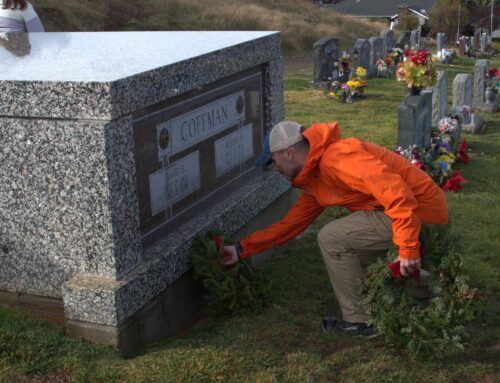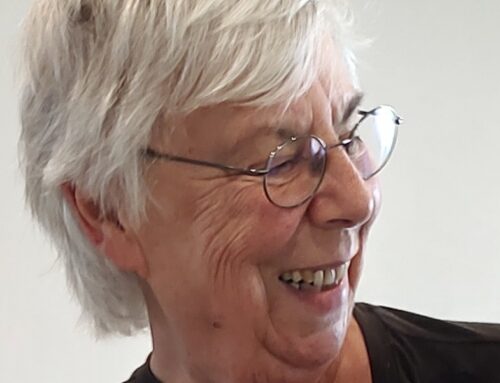Published in the July 5 – July 18, 2017 issue of Morgan Hill Life
By Nikhita Gopisetty

Nikhita Gopisetty
From July 24 to 26, I will be joining nearly 160 of my peers from around the world in lobbying for Type 1 Diabetes (T1D) research and funding to the United States Congress in Washington D.C. A program through the Juvenile Diabetes Research Foundation (JDRF), Children’s Congress is an opportunity for children ages 4 to 17 from each of the 50 states, Denmark, United Kingdom, Canada, Israel, Netherlands, and Australia to meet with the members of Congress, share their stories, and explain why a cure for T1D is critical.
T1D is a chronic autoimmune disorder in which the body’s immune system destroys the beta cells in the pancreas that produce insulin. Insulin allows glucose to enter cells to produce energy for the body.
If left untreated, a high level of blood glucose can damage eyes, kidneys, nerves, and the heart, and can even lead to coma and death.
In order to make up for this lack of insulin, people living with T1D must manually inject the hormone into their bloodstreams through countless syringes, insulin pens, or insulin pumps. There is currently nothing you can do to prevent T1D nor cure the condition.
I was diagnosed with T1D Feb. 8, 2007 when I was 5 years old, and the journey has been one filled with ups and downs. Having to prick myself six to eight times a day, measure everything I eat, and not be able to participate in the same activities as my friends, I was forced to mature at a very young age to take care of my health. No Type 1 diabetic can ever feel “normal” because we have to be aware of everything that we are doing at all times.
Nobody has ever wanted or asked for T1D, yet more than 1.25 million Americans are living with T1D, including about 200,000 youth younger than 20.
Forty thousand people are diagnosed each year in the United States alone, and this number is only increasing.
By 2050, five million people in the United States are expected to have T1D, including almost 600,000 youth.
In the past 10 years, I have seen and experienced firsthand the improvements in management for T1D, and can finally feel almost “normal.”
New technologies are constantly giving us new freedom that we never would have imagined possible and reducing the stress that comes with the condition.
I hope that in my lifetime, I will live to see a cure, and this will only be possible if we continue to raise awareness and share our stories.
This is why the biennial JDRF Children’s Congress is critical; it has been too long without a cure for this condition, and by finding a cure, we would be improving the qualities of life of millions of people around the world.
At a Congressional Committee hearing this month, my peers and I will share our personal testimonies showing the struggles of T1D and, hopefully, inspire the national lawmakers to remember us when they are making decisions about medical research funding and access to health care.
We will not stop advocating until all Type 1 diabetics around the world are accounted for and JDRF’s goal is fulfilled: turning Type One into Type None.
Nikhita Gopisetty, 15, will be a junior at Oakwood School in Morgan Hill. She wrote this column for Morgan Hill Life.






